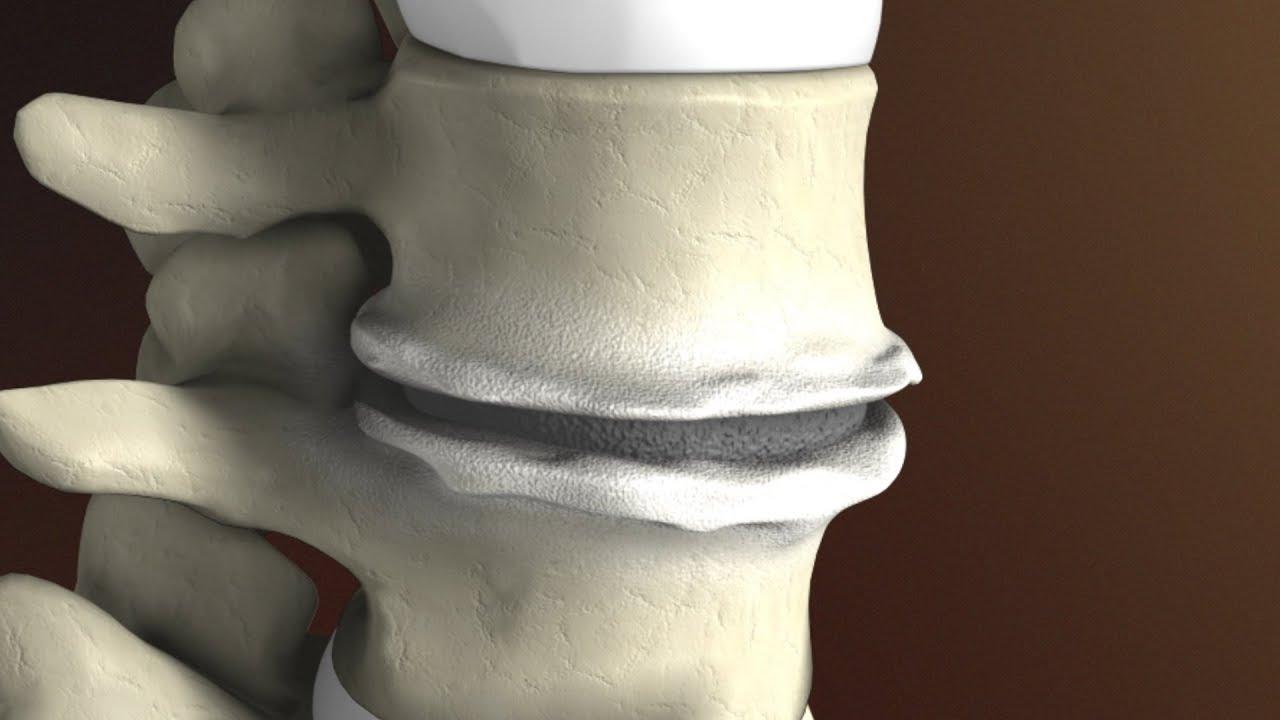Cervical spondylosis is a common degenerative condition affecting the cervical spine or neck region. It occurs due to normal wear and tear changes in the spinal discs and joints in the neck. As we age, these structures gradually break down and deteriorate over time, leading to cervical spondylosis. The condition causes symptoms like neck pain and stiffness, arm pain, numbness or tingling sensation. In severe cases, nerve compression can also occur. Here is an overview of the various treatment options for cervical spondylosis.
Non-Surgical Treatment Options
Most cases of cervical spondylosis are treated non-surgically through a combination of therapies to manage pain and improve movement.
Physiotherapy exercises - Simple range-of-motion and stretching exercises administered by a physiotherapist can help improve mobility and strengthen neck muscles. They reduce stiffness and pain over time.
Hot/cold therapy - Application of heat or ice packs provides relief from muscle spasms and pain. Heat relaxes the muscles whereas cold reduces inflammation.
Pain medications - Over-the-counter medications like ibuprofen and naproxen are recommended initially for mild pain. Prescription grade oral steroids may also be given in some cases.
Cervical collar - Wearing a cervical collar or neck brace supports the spine and prevents excessive movement. It offers relief from severe pain.
Alternative therapies - Acupuncture, chiropractic treatment, massage, or yoga have shown benefits as complementary treatments.
Lifestyle changes - Weight management, posture correction, avoiding activities that aggravate pain, and quitting smoking help non-surgically manage cervical spondylosis.
When conservative Cervical Spondylosis Treatment alone provide inadequate relief even after months of diligent follow-up, interventional or surgical procedures may be considered.
Surgical Interventions
Cervical diskectomy - It involves surgically removing the damaged disk causing nerve impingement. The disk material is excised and pressure is relieved from the nerve roots.
Cervical fusion - When the disk space has collapsed severely, fusion surgery stabilizes the problematic segment. Bone graft material and metallic plates fix the vertebrae together allowing solid bony fusion.
Disk replacement surgery - As an alternative to fusion, artificial disk replacement preserves motion by implanting a prosthetic disk. However, it carries increased risks and not all patients are suitable candidates.
Laminectomy - For situations where bone spurs (osteophytes) or thickened ligaments compress the spinal cord or nerve roots, a laminectomy surgery removes the offending tissues.
Foraminotomy - It enlarges the openings (neural foramen) where spinal nerves exit the vertebrae. Decompression is achieved when excessive bone is removed from that area.
Nucleoplasty or radiofrequency ablation - Minimally invasive procedures that use targeted heat energy to shrink bulging or herniated disks without actual removal of disk material. They provide temporary relief.
Corrective procedures are indicated primarily for failed nonsurgical treatment or progressive neurologic deficits. Surgery aims to decompress nerve roots, restore stability, relieve pain, and improve function. Recovery takes several months with rehabilitation.
Rehabilitation After Treatment
Regardless of treatment approach, a structured rehabilitation plan is important post-cervical spondylosis care. Physiotherapy focuses on:
- Gentle range-of-motion and isometric exercises to regain mobility and strength.
- Stretching and core muscle stabilization to maintain proper posture
- Heat/ice, electrical stimulation and massage reduce residual muscle spasm or tenderness.
- Ergonomic guidelines prevent recurrence by teaching correct lifting, sitting and standing positions.
- Guidance on managing daily activities within one's capabilities reduces chances of flare-ups.
- In case of surgery, additional scar tissue mobilization techniques complement the recovery process.
With disciplined non-surgical or postsurgical rehabilitation, patients can find effective symptom relief and return to normal daily functions. Prevention strategies like weight control, activity modifications also play a huge role in long-term management of cervical spondylosis. Overall, an integrated treatment approach offers the best outcomes.
cervical spondylosis is a degenerative condition affecting the neck. A wide range of non-invasive and minimally invasive treatment options exist before considering surgery. Proper rehabilitation enhances recovery and prevents future aggravation of this common spinal condition. With timely management and lifestyle modifications, patients can effectively control symptoms.
Get More Insights On This Topic: Cervical Spondylosis Treatment

